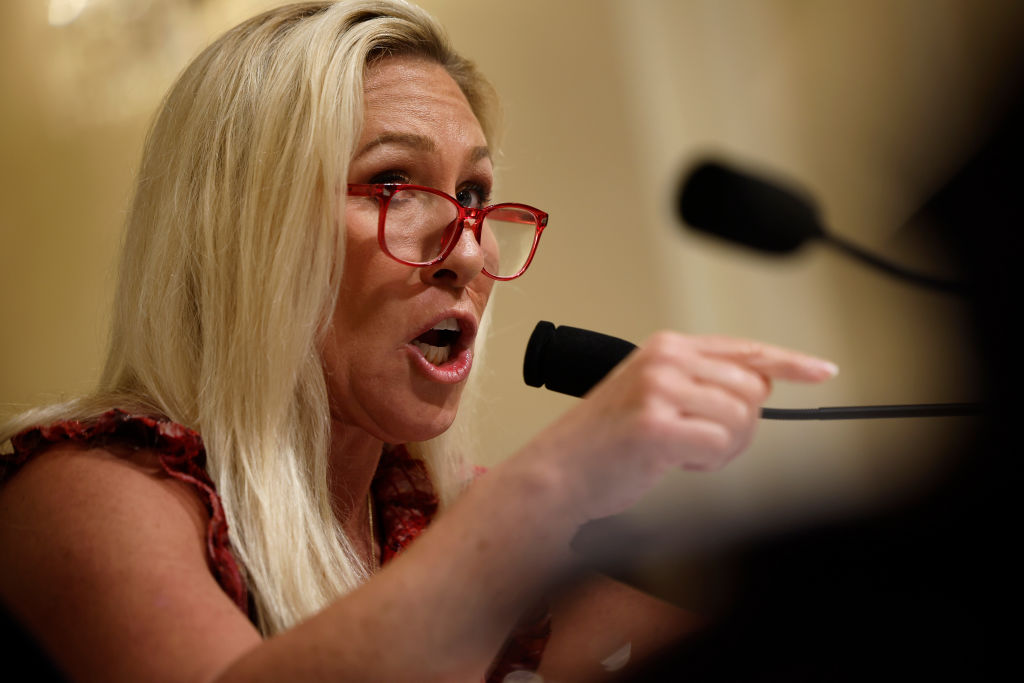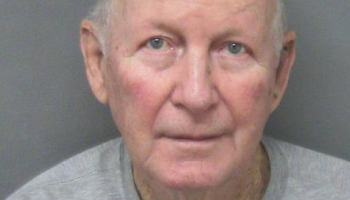In case you thought that, whatever differences remain, all Americans who wanted it had roughly equal access to basic things like secure sources of water, think again. According to Dr. Allan Parnell, of the Cedar Grove Institute, racial residential segregation is not only an ongoing feature of American life, but one that continues to be a product, in many cases, of deliberate government policy. Among the consequences of such policy is the denial of the most basic services to those folks – usually minorities – who are on the outside looking in at municipal services.
Dr. Parnell served as an expert witness in a case in Zanesville, Ohio. In that case, the town of Zanesville had built sewage pipes to run water to its residents beginning in 1956. The problem: clusters of mostly black -owned houses just outside the town limits were denied the treated water. Only under the threat of litigation did the town extend the lines to the predominantly black outskirts, in 2004. The lawsuit continued, however, resulting in an $11 million judgment for the plaintiffs in 2008. Time magazine had a pretty good summary of the case and its outcome, so I won’t dwell on the details.
But since Dr. Parnell came to speak to my class a couple of weeks ago, I did want to add a few additional points:
1) In the case of Zanesville, some of the cluster of black houses that sat outside the city limits was less than a mile from the city limits. Therefore, the town’s claim that it was too expensive to build the piping out to these areas rings hollow. This is especially true since the town did extend the pipes out to other surrounding areas that were predominantly white, even though they were much more than half a mile from the town limits.
2) As Dr. Parnell explained to my students, where people live in relation to town limits is not mere happenstance. Yes, there are better off folks who choose to own ten or forty acres of land out in the country and live a rural existence. And there are communities that choose not to be incorporated. But a key feature of current racial residential segregation is that municipal governments will often incorporate some areas on their outskirts where better off residents live. This both ensures a higher tax base for the town and ensures that poor, usually minority areas, are deliberated drawn outside the municipal boundaries. In other words, for many poor minority communities, being outside the town limits is not a matter of choice. It’s a matter of government policy.
3) Incredibly, it is sometimes the case that municipal boundaries are drawn to exclude people who live physically inside the perimeter of the municipality. This is true, for example, of Modesto California. There, thousands of poor Hispanic residents, living in the interior of Modesto, are nevertheless drawn out of the town limits. The consequence: they are far less likely to have street lights or side walks (so traffic and pedestrian-related fatalities are high), or treated water. Naturally, the sewage treatment plant itself is sited in a densely populated, low-income Hispanic neighborhood, but the sewage lines themselves are only accessible to those folks living inside the incorporated town limits.
For a more detailed analysis from Dr. Parnell himself, including some extraordinary maps showing the pattern in Zanesville, click here. One thing I did want to mention: at one point during the Zanesville trial, the city lawyers tried to argue that there were a bunch of black folks, 34 to be exact, living in a particular tract just outside of town, who did receive city water. Dr. Parnell did some sleuthing and discovered that these did not correspond to 34 black-owned houses on the edge of town receiving the water. So, who were these folks? It turns out that they were 34 black residents of a predominantly white nursing home. If this is the best foot the city could put forward at trial, no wonder it got stomped on.
















